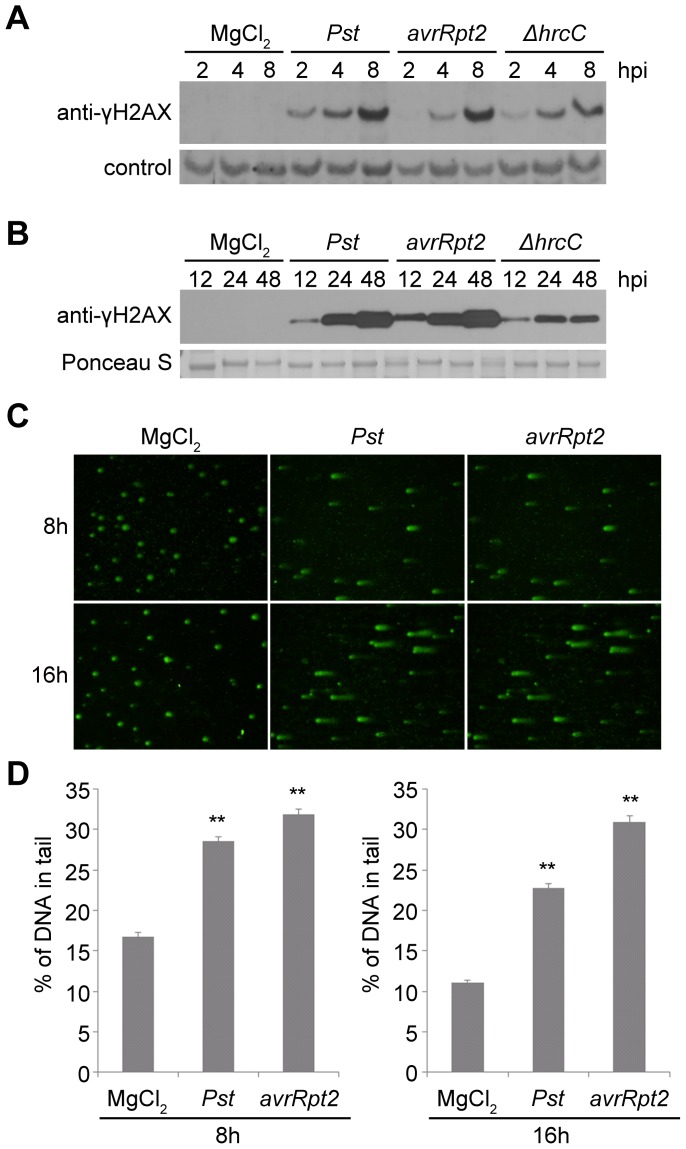Figure 1. Host DNA damage by Pseudomonas syringae pv. tomato (Pst).
(A–B) Accumulation of γ-H2AX during infection. Wild-type Arabidopsis Col-0 plants were vacuum-inoculated with (left to right) 10 mM MgCl2, Pst DC3000, Pst DC3000(avrRpt2) or Pst DC3000(ΔhrcC) at 1×107 cfu/ml. The level of γ-H2AX was monitored at (A) 2, 4, 8 h, or (B) 12, 24, 48 h after inoculation, by immunoblot using anti-γ-H2AX antibody. Controls for equivalent loading included a non-specific band detected by the antibody (control) or Ponceau S staining of the same blot. Similar results were obtained in at least three separate experiments. (C) Representative Pst-induced DNA damage detected by comet assay. Wild-type Col-0 plants were inoculated with 10 mM MgCl2, or with Pst DC3000 or Pst DC3000(avrRpt2) at 1×107 cfu/ml. Tissues were collected 8 or 16 h after inoculation and nuclei were subjected to comet assays. (D) Comet assay data presented as mean ± SE from at least 200 randomly selected nuclei for each treatment; data for 8 and 16 h are from separate experiments. **: significantly different from MgCl2-treated control (ANOVA P<0.01).

